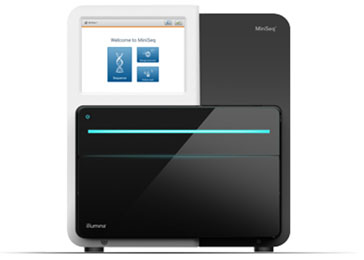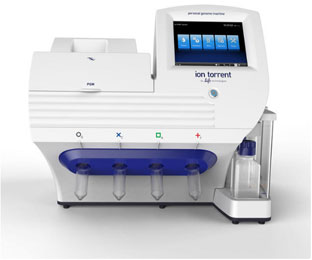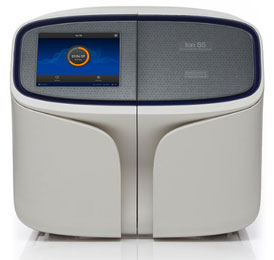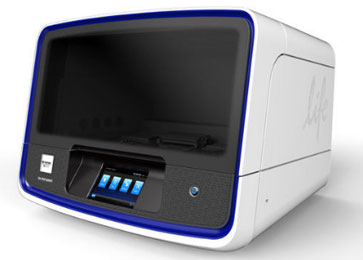Next-generation high-throughput sequencing
Ever since the mystery of DNA double helix structure was revealed, humans have made tremendous progress in understanding genomic complexity and diversity in health and diseases. To support human genome project, humans have made huge improvements in instruments and reagents. By the end of 2005, 454 Life Sciences launched the revolutionary ultra-high throughput genome sequencer system-Genome Sequencer 20 System based on pyrosequencing, which was reported in the journal Nature as a milestone event; the method of sequencing-by-synthesis was unprecedented, and a new phrase thus emerged: next-generation sequencing(NGS).
NGS technologies have been advanced continuously in the past 10 years with a 100-1000-fold data size increase. According to data of Veritas Genomics, the cost of human genome sequencing has reduced to $1000 per run. Besides, this technique has been widely used in clinical diagnosis. The principle of sequencing of Illumina differs from that of Ion Torrent: the former determines corresponding sequences by collecting 4 different fluorescent colors in the sequencing-by-synthesis process; while the latter determines base sequences according to signal intensity through known flow order and collecting electronic signals in the synthesis process.
NGS is used for disease researches. The most common 3 sequencing strategies are whole genome sequencing, whole exome sequencing and targeted region sequencing; they differ from each other in the scope of application, as shown in the following table:
| Sequencing strategy | Research field | Sample type |
| Whole genome | Conjoint analysis Common cancers, coding region mutation Non-coding region mutation Structural mutation Virus integration |
Normal frozen tissue,blood sample sorted single-cell |
| Exome | Only coding region mutation Rare canccers SNV/Indel Low-abundance mutaion |
Normal frozen tissue,blood sample sorted single-cell FFPE sample ctDNA sample |
| Target | NGS result verification Candidate genes available Clear research sequence/gene Mutation information verification |
Normal frozen tissue,blood sample FFPE sample ctDNA sample |
Currently the most widely used next-generation sequencers in the market are sequencers from IIIumina and Ion Torrent sequencers from Thermo Fisher and these two platforms differ from each other in the principle of sequencing. GenomePrecision now has five high throughput sequencers, namely, two Illumina Miniseq System sequencers, two Ion PGMTM System sequencers and one Ion S5TM System sequencer. There is one set of Ion ChefTM Instrument for automated library preparation and template preparation based on Ion Torrent platform.
Researches on “-omics”such as genomes, transcriptomes, epigenomes, etc. can be carried out on this platform to provide the best technological solutions for medical and life science researches.


Illumina Miniseq System Ion PGMTM System



